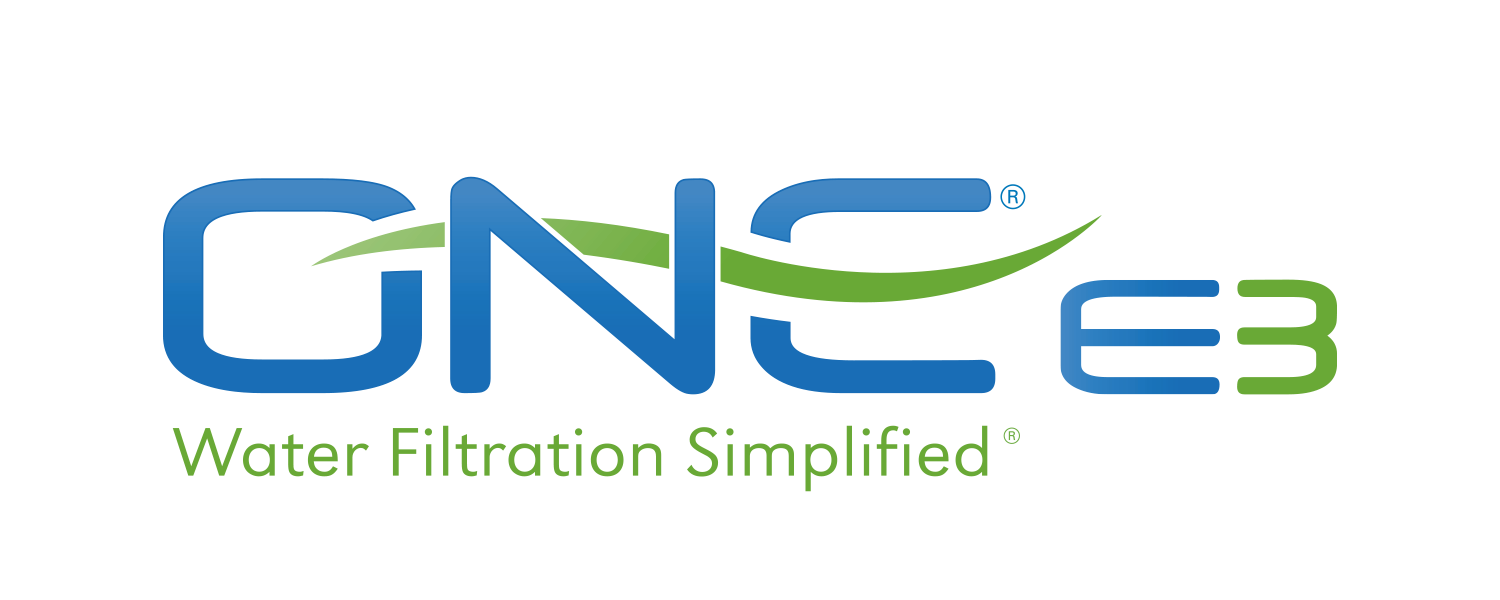A recent article from The Washington Post titled “In U.S. drinking water, many chemicals are regulated — but many aren’t” provides some good insight into how the federal government works to protect our drinking water. It also explores the presence of “emerging contaminants” not yet regulated by the government that could pose health risks.
According to a short video posted with the article:
“The Environmental Protection Agency currently regulates about 90 contaminants in drinking water—including everything from lead and arsenic to legionella and uranium—but the agency also asks water systems to monitor a list of emerging contaminants that could be harmful to human health if found in high enough concentrations.”
The article notes that while the EPA has issued advisories to water systems about several emerging contaminants over the past couple decades they have not moved to create enforceable regulations. For many experts, this raises the question of whether regulations should be in place.
One example of an emerging contaminant is 1,4 Dioxane
A byproduct of plastic manufacturing, 1,4 Dioxane has been found in drinking water systems in North Carolina and other states. According to the article, “The EPA has deemed it a ‘likely human carcinogen’, although limited data exist on the cancer risks it poses for people.”
When it comes to the EPA imposing new drinking water regulations, things move slowly. The agency requires research and evidence—and that takes time to collect and analyze. The article states:
“Before the EPA imposes new burdens on thousands of water systems, it must prove that there is a meaningful opportunity to improve public health.”
To learn about emerging contaminants and the EPA process for creating drinking water regulations, read the full Washington Post article here.


